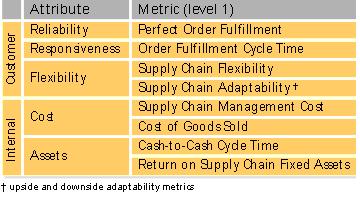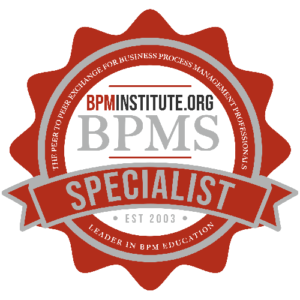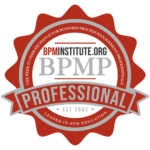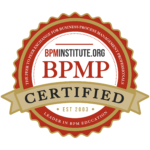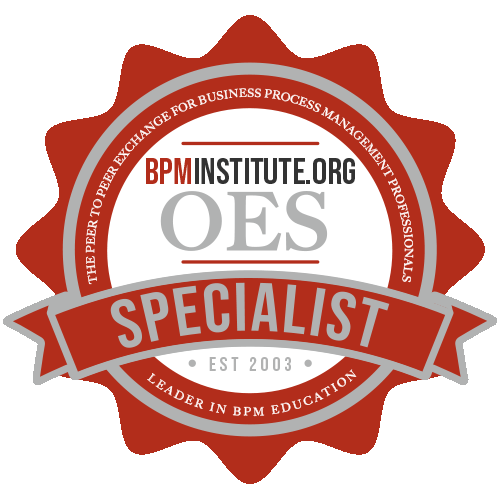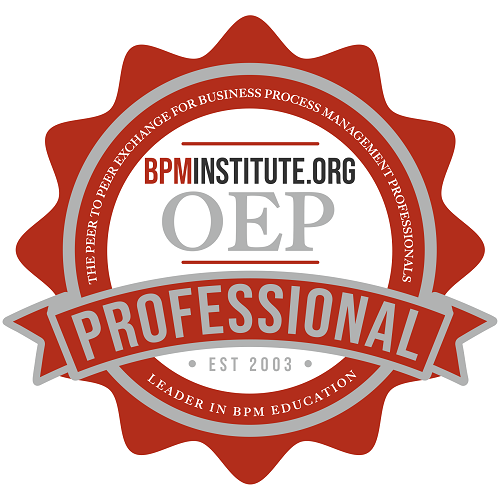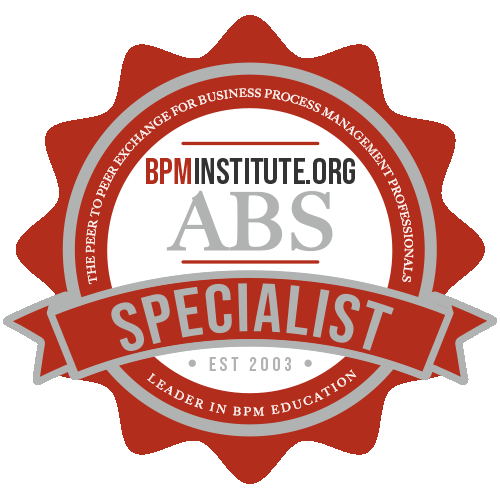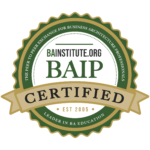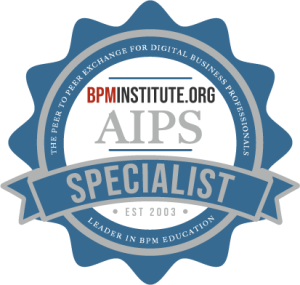Business rules are not new. They exist in businesses whether some or all of the business is automated. Not all business rules may be automated. The generally accepted definition of a business rule comes from The Business Rules Group in 2000 as “a statement that defines or constrains some aspect of business intended to assert business structure or to control or influence the behavior of business.” The approach, the Business Rules Approach, is new in its formalism of managing rules and its emphasis on the business as a priority over the systems implementation.
Articles by: BPMInstitute.org
Case Study: Managing Business and System Requirements for BPM-Driven Projects
Larry Ward is a Quality Assurance Project Manager in the OPERS Information Systems Division for the State of Oregon. He has more than 30 years experience in systems analysis & design, Industrial Engineering, Project Management, and QA. He has more than ten years of experience with the business rules approach. Ward was instrumental in designing the OPERS business rules process.
EAI, BPM and SOA
Traditionally enterprises grew their systems and IT infrastructure out of necessity as the business grew and connected the various IT applications with minimum planning. Stove pipe applications were pretty much the norm. These applications were connected in a point to point manner with no clear indication of process flow. But as the pace of business change accelerated connecting systems became a major roadblock. Then in the late 1990’s EAI (Enterprise Application Integration) emerged as a planned way to integrate the array of IT applications.
BPMS Watch: Why Buy a BPMS When You Can Get it for Nothing?
Today’s BPM Suites are delivering on customers’ capability wish lists, but vendors are having a hard time getting buyers to put their money where their mouth is. Caught in limbo between IT infrastructure and an enterprise application, BPMS doesn’t fit traditional payback models of either IT or line of business investment, so it faces a heightened “prove-it” mentality from corporate buyers. But your CFO won’t go for the upfront six-figure outlay you need to demonstrate the payback is real. It’s a classic Catch-22.
OK, suppose the BPMS software were free. Free, as in costs nothing. Zero. Nada.
BPM Strategy Deployment Best Practices
As BPM technologies and solutions mature, some organizations are now beginning to develop enterprise-wide BPM strategies. The most important aspects of an effective enterprise BPM deployment strategy are unrelated to the solution or even to the application being implemented. They’re best practices that apply no matter what software you’re using and regardless of the department in which you’re deploying it. Here are three best practices that we advise our clients to keep in mind as they move forward with their BPM strategies.
1.
Determining the ROI of Your SOA
While everyone is bound and determined to build an SOA within their enterprise–perhaps even between enterprises–few have attempted to determine their Return on Investment (ROI) to justify this approach and technology. True to form, we are again approaching new technology with fervor and excitement, but we also need to figure out the business case for this movement.
The Top 5 SOA Adoption Pitfalls of 2005
It’s been a tumultuous year in the world of SOA and we’re just at the beginning of rollercoaster ride. As organizations continue to re-examine the ever-shifting landscape of service design, service buses, service governance, and even just services, there are often mixed emotions. Many are confused as to the maturity and overall status of SOA in the IT industry, but there is definite sense of excitement around its touted potential to unite business and technology.
Many SOA initiatives were launched this year, each with its own set of goals and expectations.
How to Select a Metric – How Are You Being Measured?
In a previous life I was in charge of management reporting for the pan-European logistics organization for Compaq. My team was responsible for monitoring and reporting the daily, weekly, monthly and quarterly performance and progress of the operations. We provided reports on shipments-to-date, invoices send, estimated shipments for the remainder of the day, week or month, order cycle time and average shipment lead-times, and on and on. None of these metrics would keep me awake at night or would cause heavy discussion on accuracy and validity of the metric.
Managing Processes for Performance
Business process management (BPM) technology continues to grow and mature.
The Future Impact of BPDL on Business
Gaining visibility of a corporation’s Business Processes stands to be one of the greatest industrial and commercial breakthroughs of this century for the corporations that step up to the challenge…and the probable demise of those who don’t. Here’s why….
Increased Speed and Risk in Operations – many organizations are still in the Business Process – “horse and buggy” era…these businesses still rely on big binders full of written procedures covering how their business “does” its business and its procedures.



